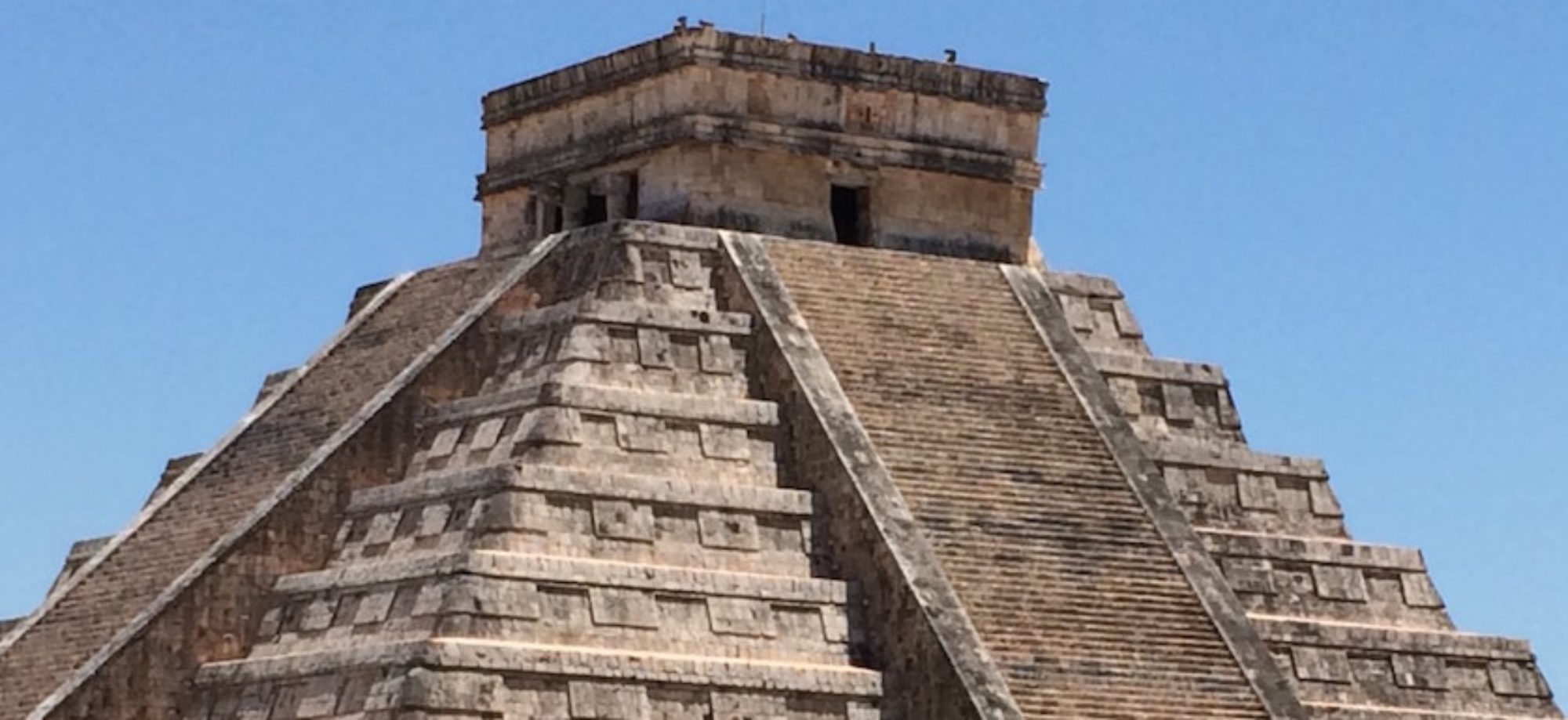November 12, 2022 Professor Jenn Loughmiller Cardinal: “The Pigments and Poison – What can flasks tell us about the Classic Maya?”
Maya flasks are small containers that easily fit in one’s hand. They have been known by many names over the years – poison bottles, pigment bottles, medicine bottles, pilgrim’s flasks, veneneras, or snuff bottles – but we are only now starting to understand their true range of uses. Research over the last decade has helped narrow in on what contents these small vessels held, and new attention has been drawn to describing what social roles they may have played as cultural objects. This presentation will cover aspects of the current state residue analyses, production and use of these flasks, and their artistic features and text by exploring an intriguing collection of such vessels. This unusual collection of flasks suggests a curious role as indicators of changing trends leading up to the faltering of the Classic period.
Jenn Loughmiller Cardinal received her Ph.D. in Anthropology, with a concentration in archaeology and linguistics, from the State University of New York at Albany in 2012 and she worked with several archaeological projects as an archaeologist, ceramics specialist, epigrapher, and residue analyst. In 2018 she completed a Master of Science in Analytical Chemistry and is working toward a second Ph.D., while a member of the Lednev Research Laboratory. Her research there focuses on developing rapid and non-destructive organic analyses using Raman spectroscopy.
Dr Loughmiller Cardinal’s work has focused on Mesoamerican archaeology, art, iconography, and writing with a specific regional and temporal focus on the Lowland Mayans during the Classic Period (c.250-900AD). She has done substantial work with ceramics and residue content analyses for this same period. While a Jay I. Kislak Fellow in residence at the Library of Congress, she identified nicotine in a hieroglyphically labeled flask for tobacco. That finding was recognized by Scientific American as one of the top scientific discoveries for that year.. More recently, her work has focused on the contents of the famous “cacao cylinders” or “chocolate pots” – hieroglyphically tagged vessels that she has analytically shown not to have held liquid cacao.
A recorded version for Members only is available at Meeting Archives.

